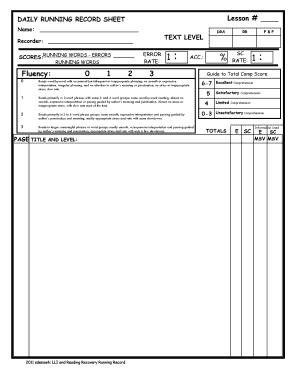

- #NUMBER OF RECORD LEVEL ERRORS 1 FIREBIRD HOW TO#
- #NUMBER OF RECORD LEVEL ERRORS 1 FIREBIRD MOVIE#
- #NUMBER OF RECORD LEVEL ERRORS 1 FIREBIRD FULL#
- #NUMBER OF RECORD LEVEL ERRORS 1 FIREBIRD PROFESSIONAL#
Besides the gentle bass roll off from 900 Hz to 50 Hz, you’ll notice that there’s a boost beginning at 1 kHz and two big 5 dB boosts that center at 4.5 kHz and 9.5 kHz. This is the frequency graph for a very well-known vocal mic-the Shure Beta 58.
#NUMBER OF RECORD LEVEL ERRORS 1 FIREBIRD FULL#
Are you just recording solo acoustic music? Or do you need to be able to handle multiple musicians and layer tracks for a full band sound, or create even bigger productions like film, TV, and digital gaming scores? Figure out how much gear (hardware and software) you need for the type of recordings you want to do.
#NUMBER OF RECORD LEVEL ERRORS 1 FIREBIRD HOW TO#
Do yourself a favor and buy the best gear you can afford, really learn how to use it, and always upgrade until you get exactly what you really want. Z, Matchless, Carr, Bogner, and Friedman started from these classic amp designs and added their own wonderful tweaks to make something new and inspiring. I believe the majority of guitar amps can be reduced to three basic points of inspiration: Vox (for that chime and sizzle), Fender (for clarity and grit), and Marshall (for a punchy, saturated grind). Going for more of a Tony Rice bluegrass thing? A dreadnought acoustic guitar is your best choice, while a tasty OM-size guitar easily suits more of a fingerstyle approach. If Steve Vai or EVH is your hero, you’ll need those humbuckers along with a locking trem to nail those dive bombs and pyrotechnics. Or, at the very least, a guitar with single-coil pickup options and not just humbuckers. For example, if you really want that Led Zeppelin sound, or some authentic country twang, you’ll need a trusty Telecaster, not a Les Paul. The next thing to consider is what guitars you need for recording. There is a tremendous amount of DIY literature out there, and companies like Auralex and Primacoustic make various budget-friendly kits that will aid you immensely in tuning your room.Įven a modest selection of guitars allows you to cover a variety of core tones in home recordings. Bass frequencies like to pool in the corners of the room, and if you hear them get louder, you’ll need to make or invest in some bass traps. Do the sweep several times and take extensive notes for each and every frequency that dips or gets louder. As it sweeps, you’ll start to hear certain frequencies jump out and others almost disappear. Sit in your mix position and play that wave through your monitors. Next, do an internet search for “slow frequency sweep.” It should be a sine wave from 20 Hz to 20 kHz that moves slowly. Listen for pings, buzzes, flutter tones, or a really quick delay. Try this: Walk around the entire perimeter of your room and clap loudly.
#NUMBER OF RECORD LEVEL ERRORS 1 FIREBIRD MOVIE#
How many times have you heard low bass rumble from another movie theater while you’re waiting for your film to start?

The lower the frequency, the more omnidirectional the sound becomes. Think of that laser pen you use to freak cats out-highly directional. The higher the frequency, the more directional the sound. You might not even notice that you could possibly have several sets of acoustic nodes (aka standing waves) at varying frequencies in your room.Ī couple things to remember: The human ear is capable of hearing from 20 Hz to 20 kHz. The dimensions of your room, the wall and floor surfaces, and the objects inside it effect its inherent acoustic properties. Controlling and balancing them is the challenge. Simply put, when a sound is activated in a space, the resultant waves are reflected and absorbed to varying degrees before fading back into silence. This is an immensely deep subject (trust me on this), often widely misunderstood, and probably the biggest mistake most home-recording guitarists make. With all that said, let’s look at the 10 biggest mistakes guitarists commonly make in their home studios. Exponential increases in computer processing power, software, and other areas of technology have given us the ability to develop new instruments and model classic gear, rooms, mics, amps, and almost everything in between. The good news is, home recording has blossomed over the past 20 years. You certainly can! It’s my hope that this article, and my monthly PG column Recording Dojo, will inspire you to experiment and help you get your best recordings yet. This isn’t saying that you can’t have a No.
#NUMBER OF RECORD LEVEL ERRORS 1 FIREBIRD PROFESSIONAL#
However, the majority of truly successful and influential records have been, and still are, recorded at professional studios by professional engineers and producers, using the best gear in the world.


 0 kommentar(er)
0 kommentar(er)
